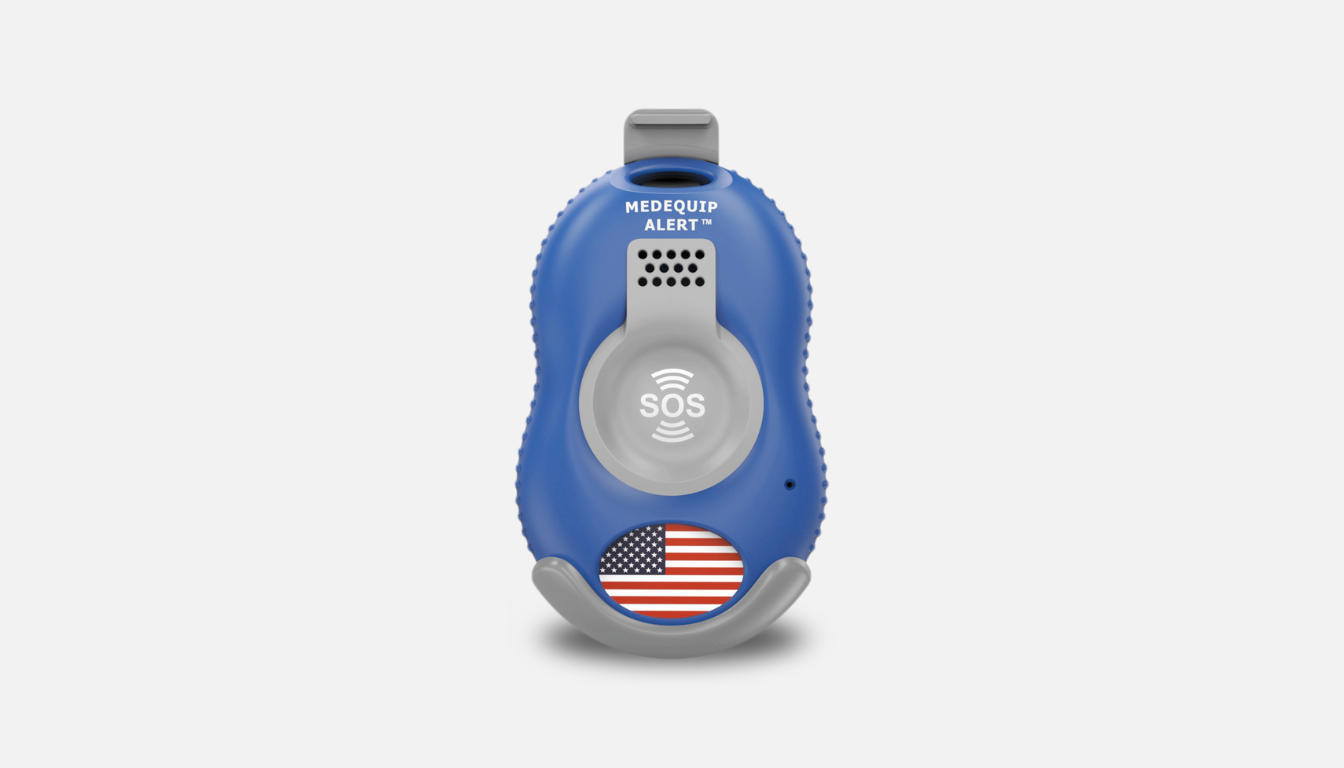The holiday season brings joy, festivities, and… a lot of online shopping. As packages crisscross the country, many of us eagerly await deliveries. Scammers know this, and they exploit our anticipation with a cunningly timed text message scam designed to steal your information or money. Learn how to spot and avoid the fake package tracking text scam this holiday season.
What is the Package Tracking Text Scam?
This scam, often called “smishing” (SMS phishing), involves receiving an unsolicited text message pretending to be from a legitimate delivery service like USPS, FedEx, UPS, DHL, or even a generic “postal service.”
The message typically claims there’s an issue with a package delivery. Common variations include:
- “Your package is held up at customs. Click here [malicious link] to pay the fee.”
- “We attempted delivery but need address confirmation. Visit [malicious link] to reschedule.”
- “There’s an issue with your package delivery. Track its status here: [malicious link].”
- “Your package requires immediate action. Click [malicious link] to resolve.”
The key element is always a link that you are urged to click. If you are unsure if it is real its better to go directly to the app or website you ordered from.
Why This Scam Peaks During the Holidays: The Numbers Game
Scammers dramatically increase these attacks during peak shopping seasons, especially the holidays between Thanksgiving and New Year’s. It’s purely a numbers game that works in their favor:
- Massive Increase in Real Packages: This is the biggest factor. Holiday shopping has overwhelmingly shifted online. Reports consistently show that a significant majority – often upwards of 60-70% – of consumers do a large portion, if not most, of their holiday shopping online. This translates into billions of packages being handled by carriers like USPS, FedEx, and UPS during this short window. With such a high volume, the statistical probability that any random person receiving the scam text is actually expecting a package skyrockets, making the fake message seem far more legitimate and timely.
- Heightened Urgency and Anxiety: Gifts need to arrive on time. Whether it’s for Christmas morning, Hanukkah, or a specific holiday party, delays are stressful. Scammers weaponize this anxiety with urgent language (“immediate action needed,” “delivery failure”), pushing recipients to click impulsively before scrutinizing the message.
- Holiday Distraction: The season is hectic. People are juggling shopping, social events, travel, and work wrap-ups. This cognitive overload means individuals are more likely to be multitasking and less likely to apply critical thinking when a seemingly plausible text alert pops up. Their guard is down.
- Element of Plausibility: While less common for domestic orders, international shipments can legitimately face customs delays or require fees. Scammers exploit this kernel of truth to make their demands for payment or information seem potentially valid, especially if the recipient ordered something from overseas.
Red Flags: How to Spot a Fake Delivery Text
Legitimate delivery companies rarely operate this way. Be immediately suspicious if a text message includes any of these warning signs:
- It’s Unsolicited: You didn’t sign up for text alerts for this specific package from this sender.
- Urgent Language: Phrases like “immediate action required,” “delivery suspended,” or “failure to respond will result in return” are designed to make you panic and click.
- Requests for Personal Information via Link: Legitimate carriers won’t ask for passwords, full credit card numbers, or Social Security numbers via a text link to resolve a delivery issue.
- Demands for Payment: Unexpected fees (customs, redelivery, holding fees) requested via text link are almost always scams. Official customs fees are typically handled differently, often directly through the carrier’s official channels or upon delivery.
- Suspicious Links: Hover over the link (if possible without clicking) or examine it closely. Does it look like the official carrier’s website (e.g., fedex.com, ups.com, usps.com)? Scammers use slightly altered URLs (like fedex-tracking-update.info or ups-problem-delivery.biz) or link shorteners (like bit.ly) to hide the true destination.
- Generic Greetings: Vague greetings like “Dear Customer” instead of your name can be a red flag.
- Poor Grammar or Spelling: While not always present, errors can indicate a scam attempt.
What Happens If You Click the Malicious Link?
Clicking the link in a scam text can lead to several harmful outcomes:
- Malware Installation: The link might automatically download malicious software (malware) onto your phone or computer. This malware could steal passwords, track your activity, or lock your device for ransom.
- Phishing Website: You might be taken to a fake website designed to look like the official carrier’s login page or a payment portal. If you enter your username/password or credit card details, the scammers capture them directly.
- Information Harvesting: The fake site might ask you to “confirm” personal details like your address, phone number, date of birth, or even security question answers, which can be used for identity theft.
How to Protect Yourself from Package Tracking Scams
Vigilance is your best defense. Follow these steps:
- NEVER Click Links in Unexpected Texts: This is the most crucial rule. If you receive a text about a package issue you weren’t expecting, treat it as suspicious.
- Go Directly to the Source: If you’re concerned about a package, open a new browser window and manually type the official website address of the shipping carrier (e.g., usps.com, fedex.com, ups.com) or the retailer you ordered from. Log in to your account there to check the official tracking status using the tracking number provided in your order confirmation email.
- Use Official Tracking Numbers: Rely on the tracking numbers provided by the retailer when you placed your order. Input these directly into the carrier’s official website or app.
- Be Skeptical of Payment Requests: Legitimate carriers rarely demand immediate payment via text link for standard delivery issues or customs fees. Verify any such request through official channels first.
- Enable Multi-Factor Authentication (MFA): Secure your online shopping and carrier accounts with MFA whenever possible. This adds an extra layer of security even if scammers get your password.
- Keep Software Updated: Ensure your phone’s operating system and security apps are up-to-date to protect against known vulnerabilities.
What to Do If You Suspect a Scam or Already Clicked
- If you receive a suspicious text: Do not click the link. Do not reply. Delete the message. You can also report it as junk/spam through your messaging app and forward it to 7726 (SPAM) to help carriers fight spam texts. Consider reporting it to the purported carrier (via their official website) and the Federal Trade Commission (FTC) at ReportFraud.ftc.gov.
- If you clicked the link but entered no information: Run a security scan on your device immediately. Monitor your phone for unusual behavior.
- If you entered login information: Change your password immediately on the legitimate website and any other site where you use the same password. Enable MFA.
- If you provided financial information or paid a fake fee: Contact your bank or credit card company immediately. Explain you’ve been targeted by a scam, block the card if necessary, and dispute the charge. Monitor your accounts closely for unauthorized activity. Consider placing a fraud alert or security freeze on your credit reports.
Stay Safe and Enjoy the Season
While online shopping offers convenience, it requires awareness. By recognizing the signs of the package tracking text scam and knowing how to respond, you can protect your personal information, avoid financial loss, and ensure your holiday season remains merry and bright. Don’t let scammers turn your anticipation into anxiety – track safely!

